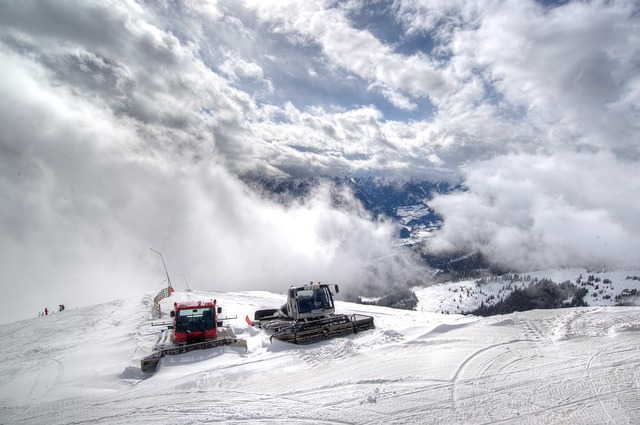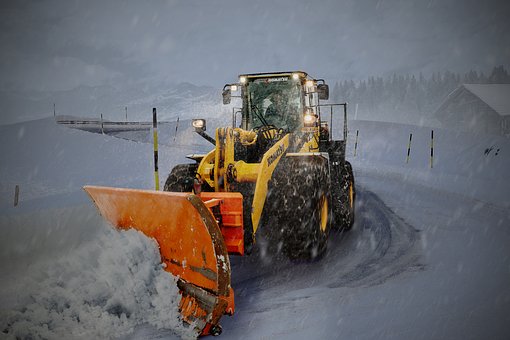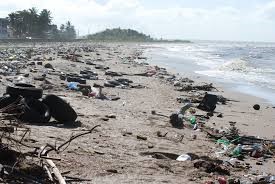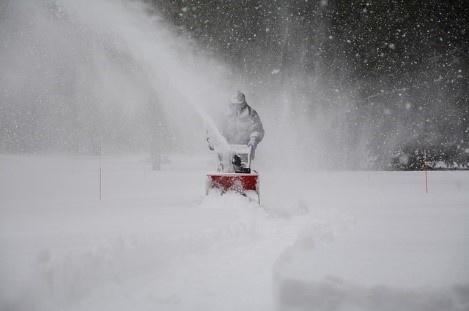Protection for the Wedding Planner and the Happy Couple
Traditionally, May and June are months when the highest number of weddings take place. But any other time of the year is a possibility too. It all depends upon the desires of the happy couple. This year that number may be heightened based on all the media coverage of the wedding of Prince Harry and Meghan Markel on May 19, 2018. This event literally made Meghan Markel a princess! Reviews of the royal wedding cast it as breathtaking, amazing, and ethereal. No doubt this event has fueled the expectations of future brides and grooms. With those expectations comes additional risk for the wedding planner.

Many brides have dreams of being seen as a “princess” of their own design on their wedding day. Grooms also expect to be stunning and tailored for the big day. In order to achieve wedding bliss many couples resort use a wedding planner to help with the nuptial event. Wedding planners do not have an easy job even though weddings are generally viewed as a happy and pleasant event. There are many pitfalls that a wedding planner encounters with each wedding they undertake. Even though many couples may not want an extravagant or lavish wedding, they do have their own dream wedding in mind. They may prefer an intimate setting with family and a few friends, or they may prefer a destination or adventure based wedding. The wedding planner might be expected to handle all arrangements, or alternatively, just part of the details. The couple and planner generally sit down with a check list and negotiate which task (s) will be assigned to the planner.
Wedding planners and couples generally enter into a contract for either full services or specified limited duties associated with the wedding. Contract details usually depends on the budget the couple have set for the wedding which is integral to the planning. It is crucial that the wedding planner have a comprehensive, but easily modifiable, basic contract which details the exact duties which are going to be assigned to the wedding planner. A good resource for new wedding planners is www.theweddingplannerbook.
Many of the liability issues that arise for planners involve critical vendor’s services for the wedding and reception. These may include handling all pre-wedding events such the booking arrangements for the location of the wedding and reception, coordinating the services of the officiating person or minister, designing ad printing the invitations and RSVP’s and keeping track of the RSVP’s, arranging the rehearsal and rehearsal dinner, selecting, ordering and coordinating the delivery of the wedding cake and arranging the reception including the menu, decorations, flowers and photography, arranging for music, either live or by DJ, setting up the arrangement for the bride and bridal party to prepare and dress for the wedding, arrange fittings for the bridal party, tailoring and delivery of the wedding dress and attire of the entire wedding party, makeup and beautician and other related tasks.
Then there are duties that focus on the actual wedding and coordination of the wedding and reception which in essence is making sure every detail is attended to, and in the event of a problem addressing it timely before it becomes a bigger problem. Clean up after the wedding may also be a duty assigned to the planner to contract for and oversee. It can also include arrangements for the honeymoon and transportation to and from the wedding and honeymoon. With all of these looming wedding tasks the wedding planner still needs to take care of his or her business.
So there are really two categories of insurance that wedding planner needs to consider; protection of themselves and their business, and protection of the wedding clients.

A. Protection of you and your Wedding Planner Business
As a business owner you are required to have commercial general liability insurance and workers compensation if you have employees, in almost all states. These two form the basic building blocks for the business. But you still need to decide on other options which may include:
- Wedding planner specialty insurance or Business Owners Insurance which usually encompasses general liability and business interruption insurance.
- Professional liability insurance, i.e. errors and omissions. This is not part of CGL but is critical as it covers you when you make a professional mistake.
- Property insurance for your office location with endorsement for flood, earthquake etc. depending on your location. If you work from home you want to specifically state that you have an office in your home, and ensure it is specifically included as your home owners will not normally cover an office.
- If you are using your personal auto in your business you will also need a commercial policy, rider or endorsement. You may also want marine inland insurance if you travel to meet clients or research venues and take your computer or business property with you, This is especially true if you provide any material items for use in the event. For example, a podium, a speaker system or decorations
- Employment practices liability. This covers you if an employee alleges harassment, discrimination or unlawful termination on your part.
- Third Party employment practices liability which protects you if a client alleges harassment or discrimination on your part or the part of an employees. Employee training is crucial to mitigating this factor and reducing your premium cost.
- Criminal liability which covers criminal acts on the part of employees such as theft or assault against clients or their guests.

B. The second category of Wedding Planner Insurance coverage is for the protection of your clients
The wedding planner cannot obtain insurance for nor sell the products to the client; unless the planner is a licensed insurance agent as well. However, insurance for the couple should be an item that all wedding planners are keenly aware of and be prepared and able to offer guidance to the clients based on the plan for their wedding and refer them to agents or discuss the need to contact their own agent if they prefer.
Wedding planners have liability for a number of possible factors which may derail a wedding. One of the biggest sources of liability planners will face is the failure to plan for issues that can and will go wrong. Everyone even planners, make mistakes. Planners can’t control Mother Nature either.
So part of the duties of a wedding planner are to prepare for, prevent or activate an alternative plan for a man made or natural disaster. You will need to broach this possibility with your clients in order to plan for a disaster and you may want to suggest an alternative wedding venue and plan. You should suggest a Wedding Protection Plan and send them to an appropriate agent or carrier. Travelers is one company that offers such a plan.
You should also accumulate a portfolio of insurance agents that offer various insurance that couples may need which can include event insurance or a Wedding Protection Plan if the wedding must be postponed due to one party being called to active duty as military personnel, or an act of war, illness or accident. Discuss travel insurance, travel medical insurance (one which specifically covers injuries from terrorism and acts of war) and International driving insurance. Your client may need one or all of these types of insurance for their honeymoon or destination wedding. If driving in Canada or Mexico the clients own personal auto insurance may cover them. The clients need to notify the agent of their marriage anyway as it may trigger changes to one or both of the party’s insurance coverage.
Wedding planners may actually want to partner with an agent or agency that you feel very comfortable referring your clients to. This really should be an item that all wedding planners anticipate and offer couples choices based on the plan for their wedding.
When arranging vendor’s services you should have a written contract. If you are new to the business you should have basic contract drawn by an attorney and reviewed before using the contracts. Make sure you confirm all details for all events scheduled with the vendor periodically.
In order to be able to provide all of the services it is very wise for the new wedding planner to start a collection of information on all service vendors. For each vendor you want to keep:
- The contact information and the type of and price of each service they provide. You may want to organize this by type of service.
- Your notes about their services and any problems you encounter.
- Gather samples of items they have designed and photographs of specific items.
Another legal wrinkle will need thoughtful attention and artful consideration by wedding planners which is whether the wedding couple are a same sex couple or a transgender couple. Since the courts have established that same sex marriages are a right afforded by law this issue has come to the forefront. It is not a wise choice to just refuse to handle a wedding due to that factor and you can be sued for discrimination. The same rational is applicable to interracial weddings and weddings between developmentally delayed people. The Supreme Court of the United States recently heard a case against Masterpiece Cake Shop in Colorado. The owner of the cake shop refused to make a cake for a same sex couple based on his own personal religious beliefs. The Supreme Court addressed this situation very narrowly and only as whether requiring the bake to make the cake would violate his religious beliefs and did not rule on the issue of whether forcing the baker to make a cake was a denial of his freedom of speech. The Supreme Court of the United States held this was not discrimination based on the baker’s religious beliefs. (This is not intended to be relied on as legal advice and you should consult and attorney of your choosing if you face legal issues.)
In this day and age, wedding planners should have an understanding with service vendors that are often utilized for weddings and know whether they are willing to work with a same sex couple and not make the couple uncomfortable or embarrassed. While the vendor may have constitutional liability for discrimination that is not a position you want to put your clients in on their special day. Instead when you make your list of trusted resources you are willing to refer to, be aware of the issues and guide your clients to those vendors who will welcome them and strive to make their wedding dream come true.
Wedding planners have a wonderful opportunity to infuse organization and planning with creating joy and happiness for the wedding couple. Planners can ensure a great result and bring about their own happiness and protection by making wise and informed insurance decisions which protect their business and their clients.

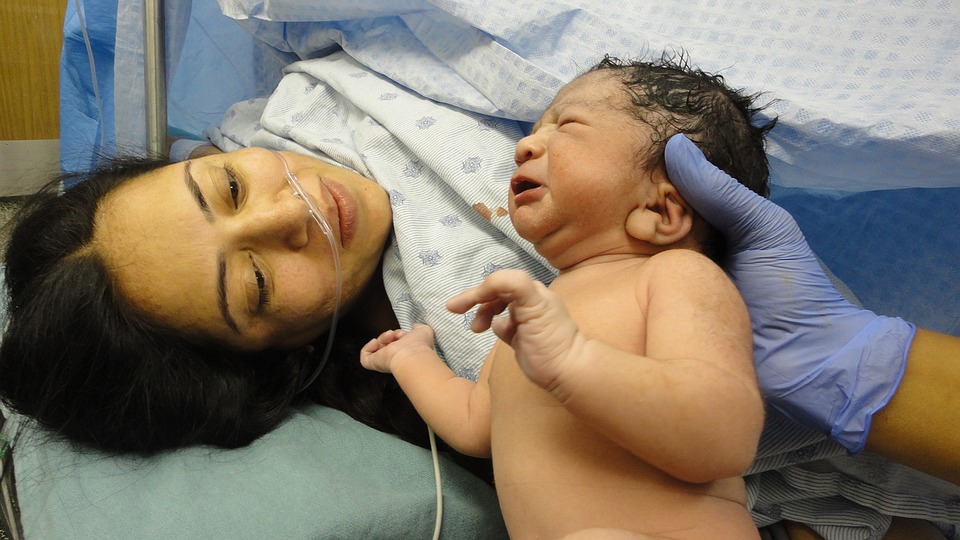
 Under the construction industry classification codes many of the sub classifications are assigned to what is considered to be “skilled” or “special” trades. Some trades in this group generally require licensure of the employees by the state or local area they work in, in regard to their own field as an individual worker. Sub-Contractors in the specialty trades usually need to be licensed as well, as determined by the state and local area they work in. These trades included electricians, painters, plumbers and HVAC installers to name a few. However, the classification codes also have categories of skilled or special subcontractors who do not necessarily have to be licensed individually in their state including but not limited to flooring, installation, trim installers and handymen. However, if they are functioning as a general contractor they generally need to be licensed.
Under the construction industry classification codes many of the sub classifications are assigned to what is considered to be “skilled” or “special” trades. Some trades in this group generally require licensure of the employees by the state or local area they work in, in regard to their own field as an individual worker. Sub-Contractors in the specialty trades usually need to be licensed as well, as determined by the state and local area they work in. These trades included electricians, painters, plumbers and HVAC installers to name a few. However, the classification codes also have categories of skilled or special subcontractors who do not necessarily have to be licensed individually in their state including but not limited to flooring, installation, trim installers and handymen. However, if they are functioning as a general contractor they generally need to be licensed.